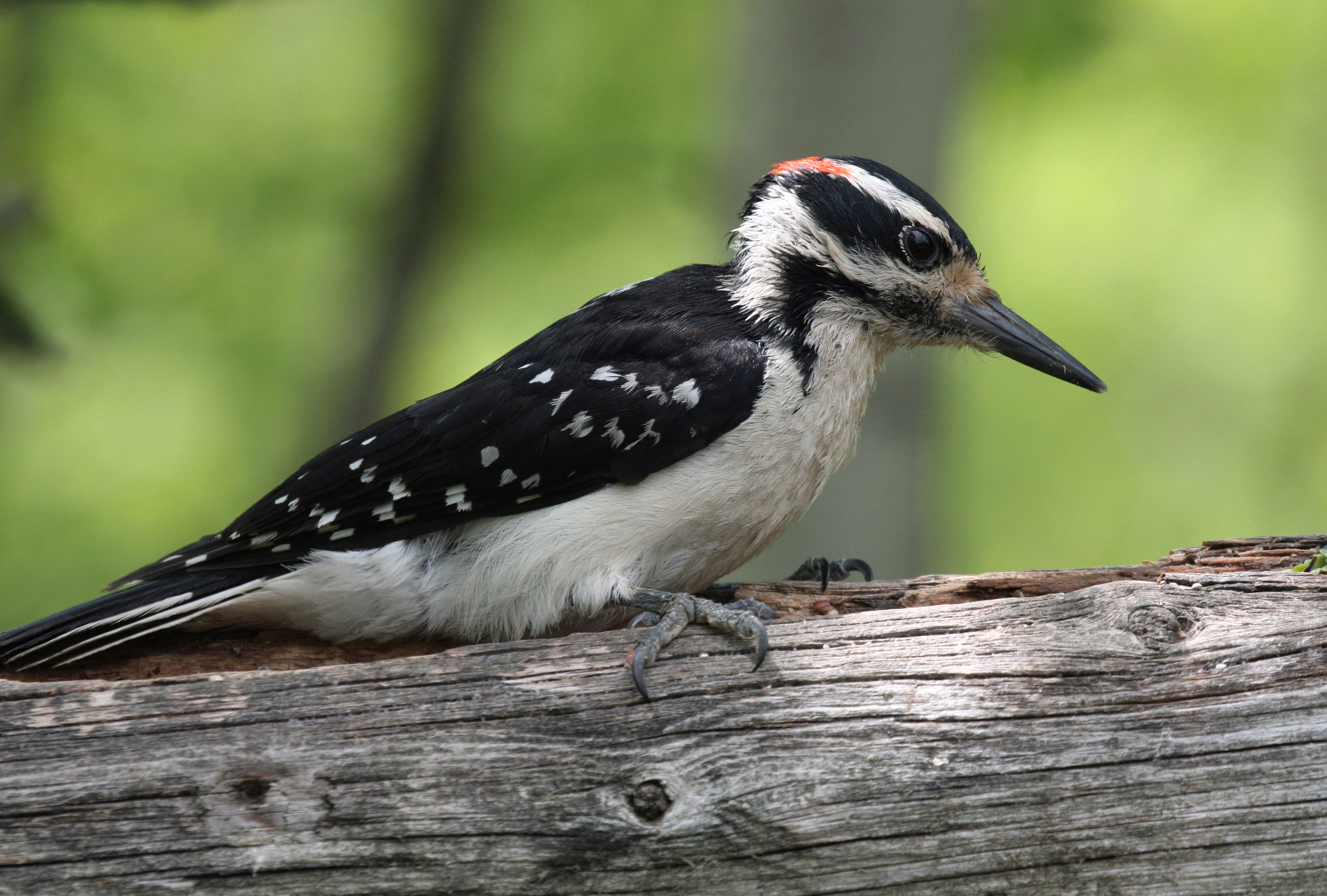The boy paused to make some adjustments to his gear before moving the long black object that was glinting in the sunlight up to his eye. He slowly, carefully took aim, lining up his target into the right position, not wanting to miss this golden opportunity. Not this time. He paused another moment before finally taking the shot. Snap! The boy looked down at his camera screen, pleased with the result. He rapidly took some more shots before quietly leaving the way he came.
Sunday afternoon, my dad and I headed out to Frank Lake, eager to see some young birds starting to emerge. As we were leaving this birding hotspot, we passed a small marsh beside the road; a fence running along the edge of the water. “Stop!” I suddenly exclaimed. We turned the car around when the traffic had died down and found a quiet place to park. On a fencepost, I had seen a Wilson’s Snipe, a long-billed shorebird often seen in and around wetlands. We hopped out of the car, listening to the music of the wetland around us; boreal chorus frogs, yellow-headed blackbirds, red-winged blackbirds and coots, all adding to the cacophony of sounds around us.
We slowly and cautiously made our way closer and closer to the snipe, not wanting to scare it . We had never been quite so close to a snipe before and we approached to within a couple of meters of the bird before stopping. We admired and observed this well-marked little bird, delighted to have such a close encounter.

After doing some research on this remarkable little bird, I found that its long bill is really quite amazing. The bill of the Wilson’s Snipe is flexible and the tips can be opened and closed with no movement at the base of the bill. Sensory pits at the tip of the bill act a little bit like sonar, allowing the snipe to feel its prey (small invertebrates) deep in the mud.
Posted by Matthew Sim



































































































